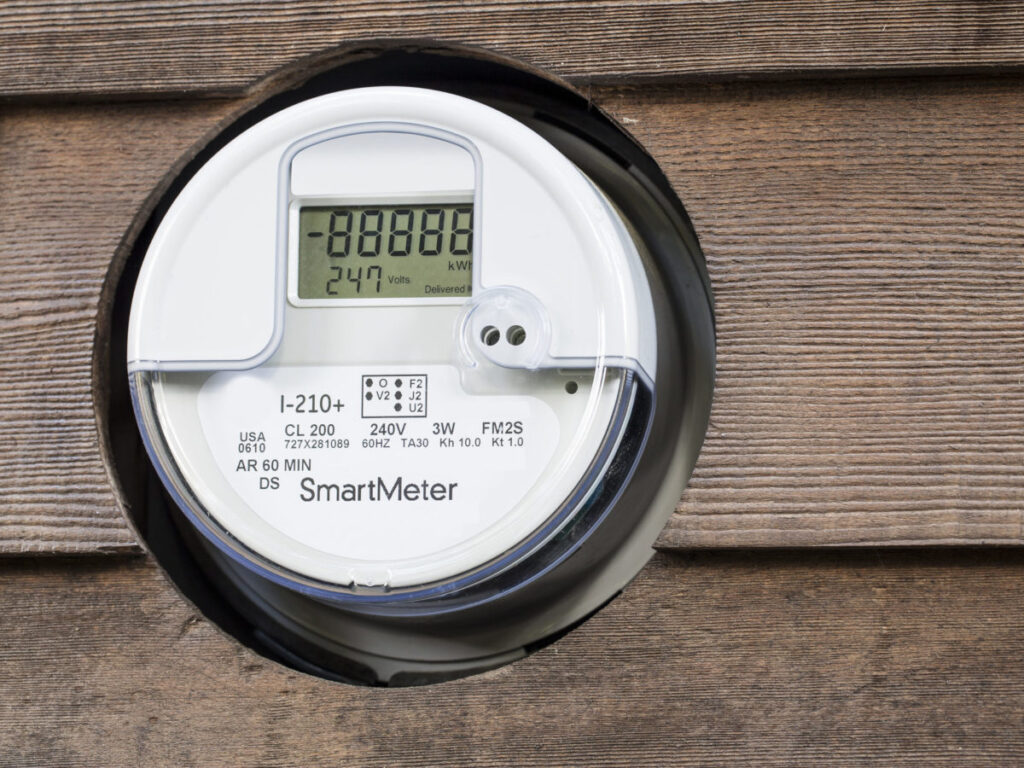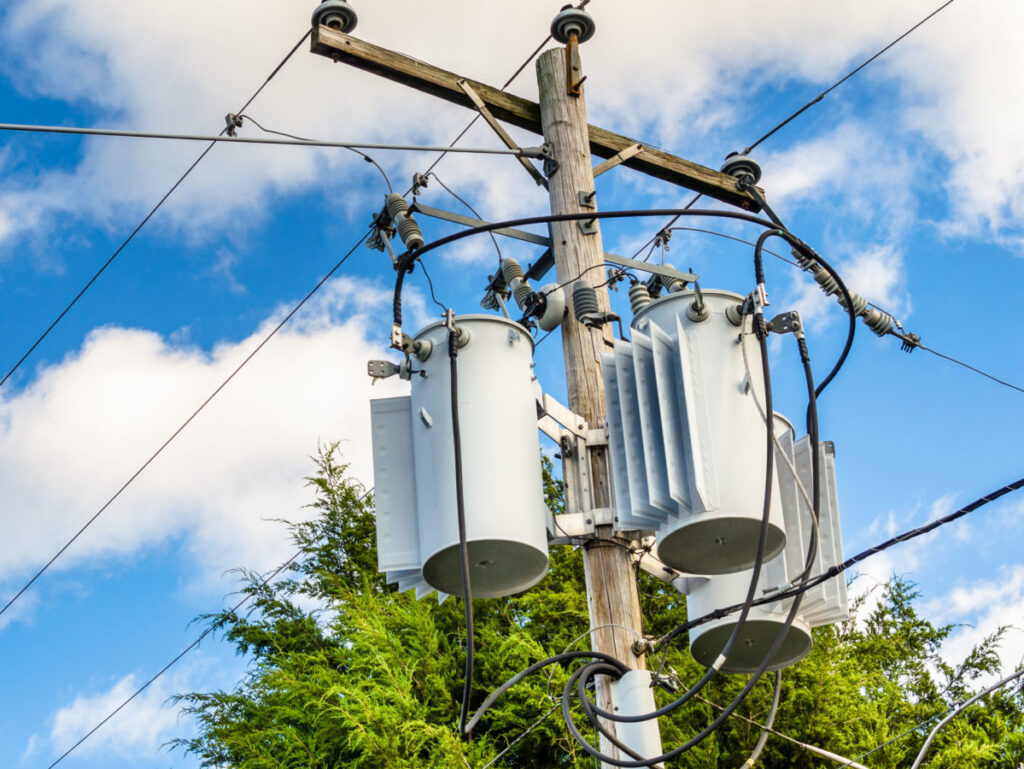Customer and Data Analytics Part 2: Mastering Utility Customer Satisfaction 2.0 through AI

AI is becoming indispensable across industries, and utilities are not immune.
Back in 2012, the Aberdeen group reported that merely 18% of utility industry businesses believed that customer satisfaction was important. Since then, several well-documented market factors have increased that percentage and customer satisfaction has now become a top priority among utility companies of all types and sizes.
As new market entrants, regulatory requirements, infrastructure investment demands, revenue streams, and customer expectations continue to evolve and challenge utility companies, attracting and keeping customers happy in 2019 and beyond will continue to grow in importance. To this point, Quadient Research reports that customer experience is a leading focus for 89% of today’s companies.
The Customer Satisfaction 2.0 Shift Towards Customer Feelings
While customer satisfaction has traditionally been about how well products, services and prices meet a customer’s expectations, we are now seeing a heavier weight being placed on customer experience, which includes eliciting positive customer emotions. Customers want to be heard, respected and valued.
In the TEDxBryantU TEDx Talk, “I Was Seduced by Exceptional Customer Service”, John Boccuzzi Jr., explained that at the most fundamental level, how you make the customer feel during and after their purchase is most important to the bottom line. He suggested that they will forget what you said, but not how you made them feel.
Research highlighted during the event, Orlo’s Future CX[i], revealed that brands report a range of key benefits in creating positive customer emotions. 63% recognized high customer satisfaction as a leading benefit, 61% reported customer loyalty and retention, and 53% highlighted strong relationships.
“One of the biggest trends I expect to see next year is an increased focus on consumer psychology and behavioral economics within CX strategies. Businesses are getting to know their customers on a deeper level, and they have to in order to deliver the type of experiences that customers crave,” says Geoff Galat, chief marketing officer at Clicktale.
AI’s Role Customer Satisfaction 2.0
Of the many opportunities to improve the customer experience, artificial intelligence (AI) has risen to the top among electric, gas, water and waste water utilities. As a matter of fact, 86 percent of utilities currently use AI in customer engagement applications, call center service and support, and/ or digital marketing platforms. This far exceeds its use in other areas of the operation, reports Gartner. Additionally, most utility investments in AI have been allocated for customer service.
AI Defined
At its core, AI enables machines to quickly learn and reason at several levels above human expertise by combining factual and experimental data and knowledge from multiple sources. Outputs of AI include machine learning, machine vision, natural language processing, pattern recognition, and emotional intelligence, among others. It is extremely helpful in quickly resolving redundant tasks like billing questions, outage inquiries and address changes.
What is also valuable is the personalization and humanization that AI can offer. Personalization creates an individual customer experience based on a user’s behavior and specific interests, both from a descriptive and a predictive point of view. Humanization makes customers feel like they are making personal connections during self-service and other non-human interactions, something that they desire. Both are very effective when it comes to eliciting positive customer emotions.
In terms of ROI, chatbot conversations, an AI-powered application that leverages both personalization and humanization, is predicted to deliver cost savings of over $8 billion per year by 2022, up from $20 million in 2017, reports Juniper Research.
Low Risk Profile of AI
For utility companies, with little to no appetite for failure, the low risk profile of AI is just as compelling as the ROI. According to Liad Churchill, Artificial Intelligence & Deep Learning expert who serves as the vice president of product marketing for TechSee, “Unlike high-risk investments that impact utilities’ infrastructure, investment in customer-facing AI is considered low risk due to the maturity of the market.”
Putting it all Together
“The single most important thing is to focus obsessively on the customer. Our goal is to be earth’s most customer-centric company,” says Jeff Bezos, founder and CEO of Amazon.
Just looking at Amazon’s blockbuster growth
trajectory and celebratory status as a leader in customer experience is enough
to tell us that Bezos knows what he is talking about. With customer
satisfaction reigning as a continued priority for utility companies, and
customer emotions leading customer satisfaction scores, it’s time for businesses
to seek low risk, high ROI opportunities to make their customers happy, with AI
leading this effort.
[i] CX refers to customer experience in the digital age.
Vanessa Edmonds is an experienced go-to-market advisor who helps clients build brands and win new business through an integrated approach to business strategy, marketing, and sales enablement.
A key driver of her success is her knowledge of technology and innovative concepts. She has an innate and ability to define the value proposition of technical products and services and reach non-technical business audiences with the right messages in their time of need.
Vanessa’s utility industry expertise spans twelve years. She has been published by several organizations including the Utility Analytics Institute, BBC, Electric Power Research Institute, CIO Review and the Utility Analytics Institute.





